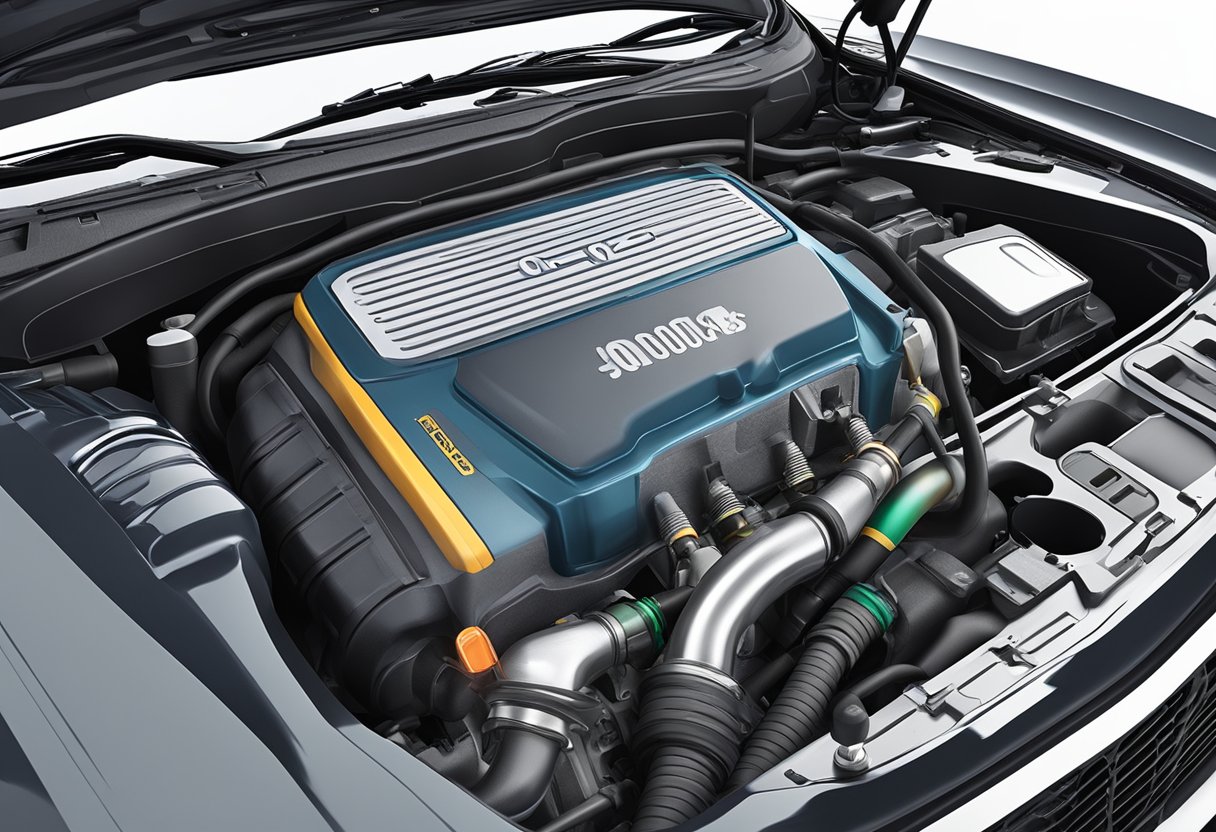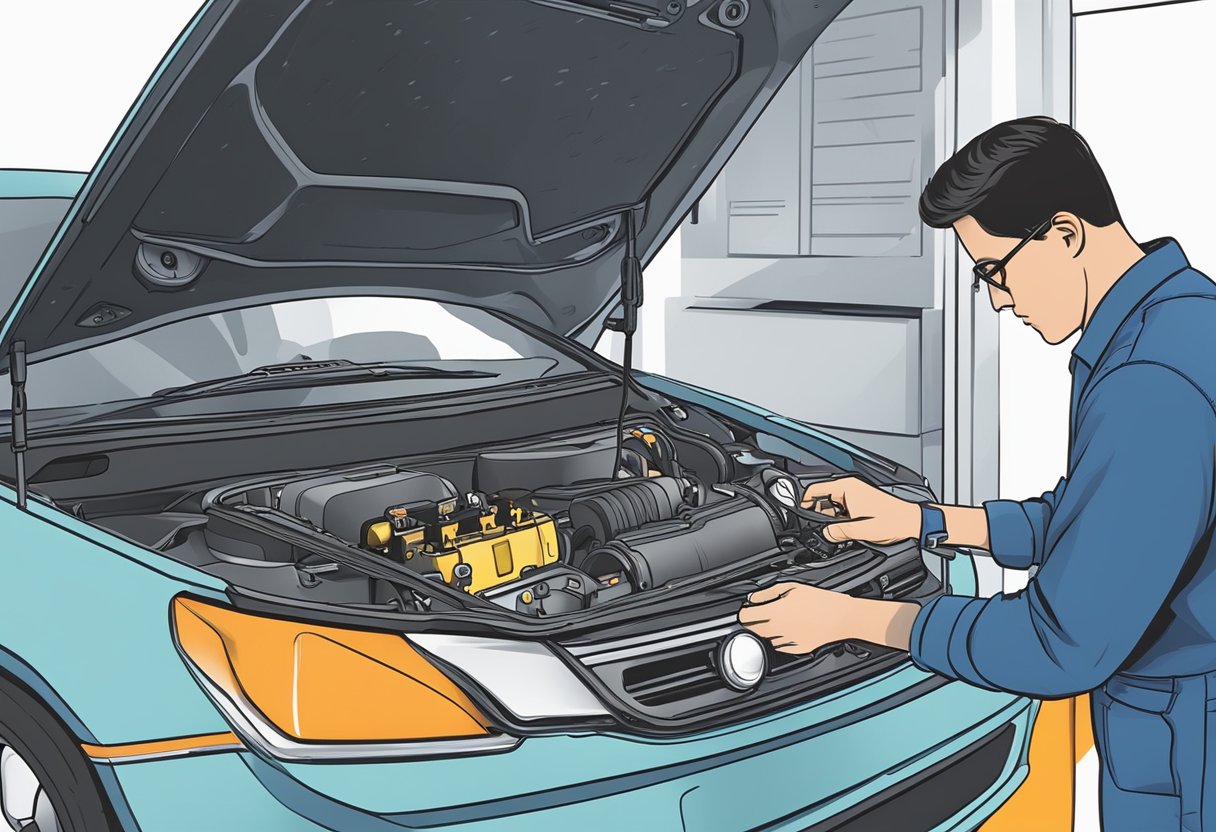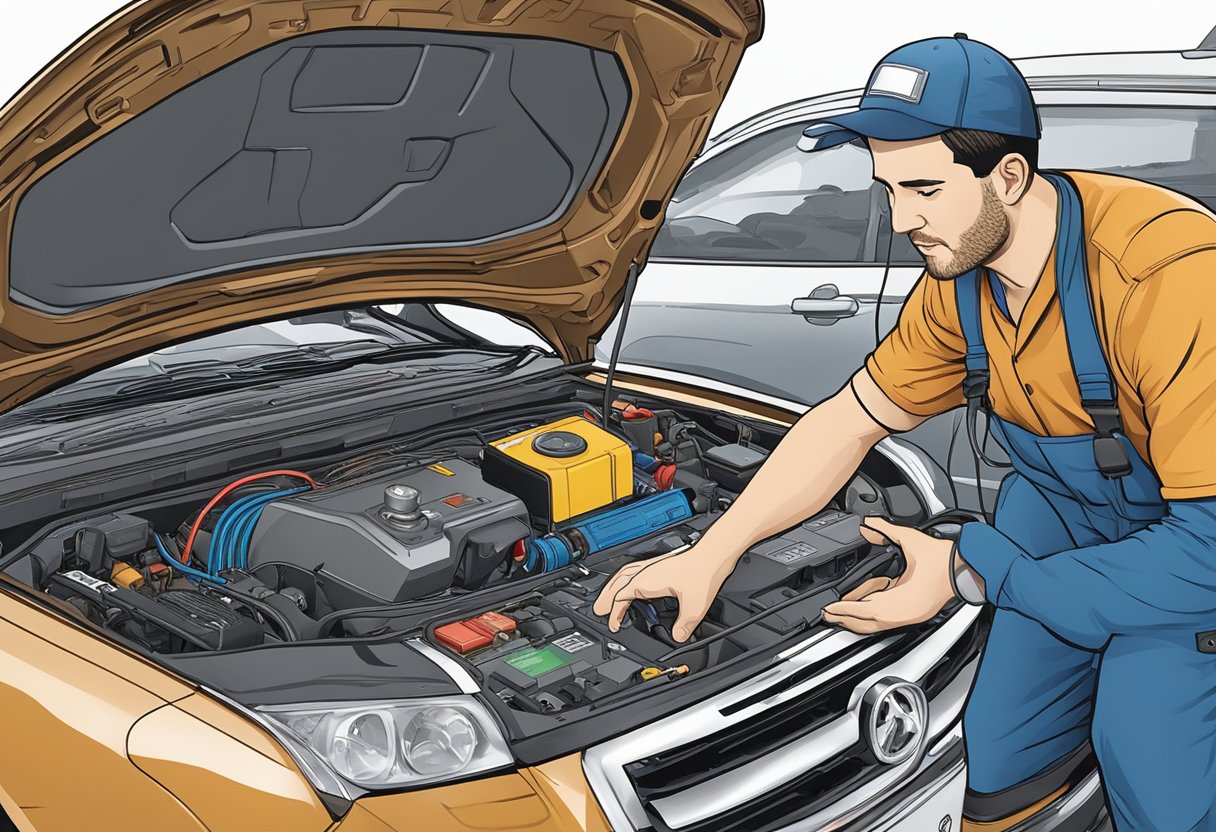If you’re experiencing issues with your vehicle’s O2 sensor circuit, you may receive a P0134 code. This code indicates that there is no activity detected in the O2 sensor circuit, which can lead to a variety of problems with your vehicle’s performance. In this article, we’ll take a closer look at what the P0134 code means and how you can address it.
Your vehicle’s O2 sensor is responsible for measuring the oxygen levels in the exhaust system and sending that information to the engine control module (ECM). The ECM uses this information to adjust the air/fuel ratio in the engine, ensuring optimal performance and fuel efficiency. If the O2 sensor circuit is not functioning properly, it can lead to a number of issues, including decreased performance, reduced fuel efficiency, and increased emissions. By addressing the P0134 code, you can ensure that your vehicle is running smoothly and efficiently.
Understanding the P0134 Code
When the P0134 code appears, it means that the O2 sensor circuit has detected no activity. This code is specific to Bank 1 Sensor 1, which is the sensor located before the catalytic converter. The O2 sensor plays a crucial role in determining the air-fuel ratio, which helps the engine to run smoothly and efficiently.
If the O2 sensor circuit is not functioning properly, it can cause a range of problems, including poor fuel economy, reduced engine power, and increased emissions. The P0134 code can also cause the Check Engine light to come on, which can be a cause for concern.
To diagnose the P0134 code, you will need to use an OBD-II scanner to read the code and determine the cause of the problem. This may involve checking the wiring and connectors for damage or corrosion, as well as testing the O2 sensor itself.
If the O2 sensor is found to be faulty, it will need to be replaced. It is important to use an OEM or high-quality replacement sensor to ensure proper function and avoid future issues.
In summary, the P0134 code indicates a problem with the O2 sensor circuit, which can cause a range of issues with your vehicle’s performance. It is important to diagnose and address the problem promptly to avoid further damage and ensure optimal engine performance.
Common Causes of P0134
If you’re experiencing a P0134 code, it means that the O2 sensor circuit has detected no activity. This can be caused by a variety of factors, including:
-
Faulty O2 sensor: A faulty sensor can cause a lack of activity in the sensor circuit, leading to a P0134 code.
-
Wiring issues: Damaged or corroded wiring can prevent the O2 sensor from functioning properly, resulting in a P0134 code.
-
Exhaust leaks: Leaks in the exhaust system can allow air to enter the system, causing inaccurate readings from the O2 sensor and triggering a P0134 code.
-
Vacuum leaks: Vacuum leaks can cause an imbalance in the air/fuel mixture, leading to a P0134 code.
-
Failed PCM: In rare cases, a failed PCM (powertrain control module) can cause a P0134 code to appear.
It’s important to note that these are just some of the common causes of a P0134 code. If you’re experiencing this issue, it’s best to have a professional mechanic diagnose and repair the problem to ensure proper and safe vehicle operation.
Symptoms of O2 Sensor Circuit Failure
If your vehicle is experiencing O2 sensor circuit failure, you may notice a variety of symptoms. Here are some common signs to look out for:
-
Check Engine Light: The most common symptom of an O2 sensor circuit failure is the illumination of the check engine light. This light can be triggered by a variety of issues, but if your O2 sensor circuit is failing, it will likely be one of the first things you notice.
-
Decreased Fuel Efficiency: The O2 sensor circuit plays an important role in regulating fuel delivery to your engine. If it’s not functioning properly, you may notice a decrease in fuel efficiency. This can be a subtle change, so it’s important to keep an eye on your gas mileage.
-
Poor Engine Performance: If your O2 sensor circuit is failing, your engine may not be performing as well as it should. This can manifest in a variety of ways, such as rough idling, hesitation when accelerating, or a lack of power when driving.
-
Emissions Issues: The O2 sensor circuit is responsible for monitoring the exhaust gases that your vehicle produces. If it’s not functioning properly, your emissions levels may be higher than they should be. This can lead to a failed emissions test or even fines from your local government.
If you’re experiencing any of these symptoms, it’s important to have your vehicle inspected by a qualified mechanic. They can diagnose the issue and recommend the best course of action to get your vehicle back in top shape.
Diagnosing the P0134 Code
If you have received a P0134 code, it means that your O2 sensor circuit has detected no activity. This can be a serious issue that requires immediate attention. Here are some steps you can take to diagnose the problem:
Preliminary Checks
Before you begin any advanced diagnostic procedures, there are some preliminary checks you can perform to ensure that your O2 sensor circuit is functioning properly. These checks include:
- Checking the wiring and connections: Make sure that all connections are secure and free from damage. Check for any frayed wires or loose connections that may be causing the problem.
- Inspecting the O2 sensor: Check the sensor for any damage or contamination. If the sensor is damaged, it will need to be replaced.
- Checking the fuse: Make sure that the fuse for the O2 sensor circuit is not blown. If it is, replace it with a new one.
Advanced Diagnostic Procedures
If the preliminary checks do not reveal any issues, you may need to perform more advanced diagnostic procedures. These procedures include:
- Using a scan tool: A scan tool can help you identify any trouble codes that are present in your vehicle’s computer. This can help you pinpoint the exact location of the problem.
- Testing the O2 sensor: You can use a multimeter to test the O2 sensor’s voltage and resistance. This can help you determine if the sensor is functioning properly.
- Checking the PCM: The PCM (powertrain control module) controls the O2 sensor circuit. If the PCM is faulty, it can cause the circuit to fail. You can test the PCM using a scan tool or by checking the voltage at the PCM’s connector.
By following these steps, you can diagnose the P0134 code and address any issues with your O2 sensor circuit. Remember to always exercise caution when working on your vehicle and seek professional help if you are unsure about any aspect of the diagnostic process.
Repair and Resolution Strategies
If you have received a P0134 code, you may be wondering what steps you can take to resolve the issue. Here are some repair and resolution strategies to consider:
1. Check the O2 Sensor Circuit
First, you should check the O2 sensor circuit to ensure that it is functioning properly. This may involve testing the sensor itself, as well as checking the wiring and connections. If you find any issues, you may need to repair or replace the affected components.
2. Clear the Code
Once you have addressed any issues with the O2 sensor circuit, you should clear the P0134 code from your vehicle’s computer. This can be done using an OBD-II scanner or by disconnecting the battery for a few minutes. After clearing the code, you should monitor your vehicle to see if the code returns.
3. Replace the O2 Sensor
If the P0134 code persists even after addressing any issues with the O2 sensor circuit and clearing the code, you may need to replace the O2 sensor itself. This can be a relatively simple process, but you should consult your vehicle’s manual or a professional mechanic for guidance.
4. Address Other Issues
It is also possible that the P0134 code is not actually related to the O2 sensor circuit. Other issues, such as a faulty catalytic converter or a vacuum leak, can also trigger this code. If you have addressed the O2 sensor circuit and replaced the sensor, but the code persists, you may need to investigate other potential issues.
Preventive Measures and Maintenance Tips
To prevent the P0134 code from occurring, it is important to perform regular maintenance on your vehicle. Here are some tips to keep in mind:
- Replace the oxygen sensor every 60,000 to 90,000 miles or as recommended by the manufacturer.
- Check the wiring and connectors for damage or corrosion. Replace any damaged components.
- Keep the engine properly tuned to ensure optimal performance and fuel efficiency.
- Use high-quality fuel to avoid contaminating the sensor with impurities.
- Avoid driving with a misfiring engine, as this can damage the oxygen sensor.
Regular maintenance can help prevent the P0134 code from occurring. However, if the code does appear, it is important to address it promptly to avoid further damage to your vehicle.
As an Amazon Associate we earn from qualifying purchases.















